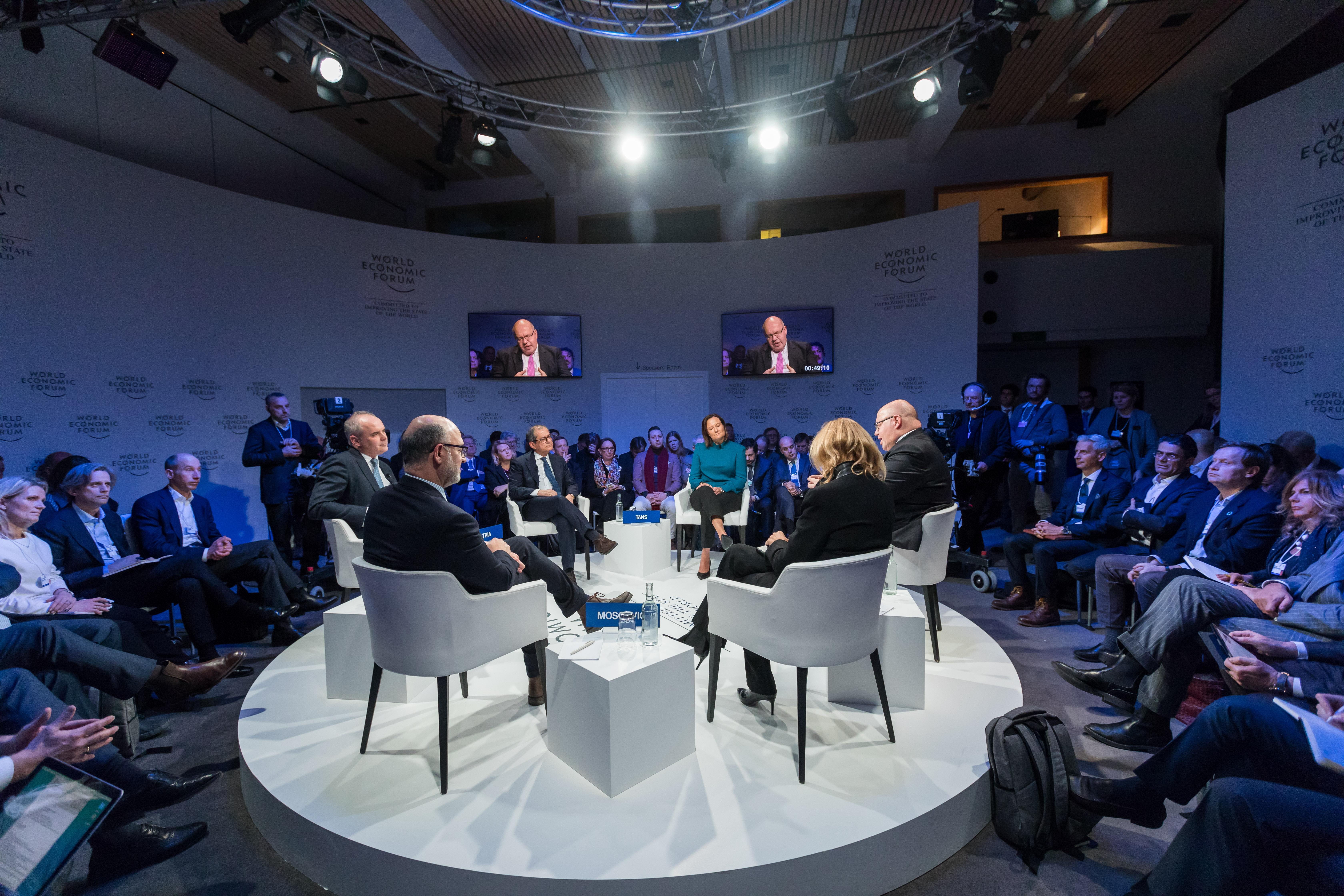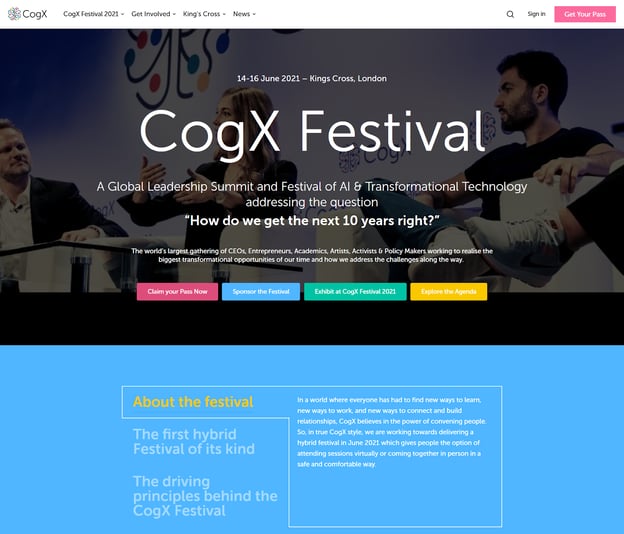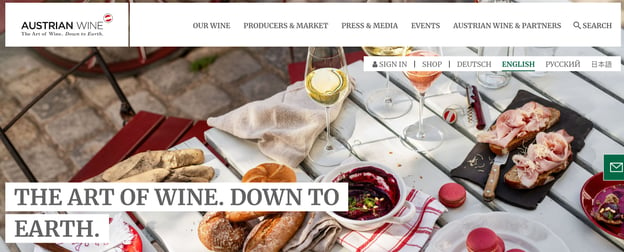5 Experiential Marketing Strategies in a Hybrid World

We are approaching a delicate moment in time for the experiential event industry. How do we balance a lifetime of in-person events with our recent year-plus fully virtual reality? The answer: embracing hybrid events.
Hybrid events engage both in-person and virtual attendees equally through the use of remote tech engagement tools and compelling in-person event tactics. They lead to more inclusive events that are able to adapt to the flexible event culture of the future. However, pivoting to embrace hybrid elements in our experiential marketing strategies is more involved than setting up a camera in the back of the room to stream what’s happening on stage. In order to successfully deploy a hybrid event that is engaging for in-person and remote participants alike, you’ll need to work with or consult with experts who have experience creating virtual experiences and in-person events.
With the right team, preparation, and hybrid state of mind, you’ll be able to create experiential events that appeal to any audience, no matter where they’re experiencing from. Let’s tell you how.
How to Incorporate Hybrid Elements into your Experiential Events
Incorporating hybrid elements doesn’t just happen overnight. After a year that saw a mass transition to completely virtual events, adjusting back the in-person direction will take time and concentrated effort. But before we can cover the “How?” let’s take a look at the “Why?”
To get a deeper understanding of the benefits of running hybrid events, take look at the numbers:
- 86% of B2B organizations see a positive ROI from their hybrid events 7 months after the event date.
- 34% of event organizers expect to invest more in hybrid events in the next few years.
- 47% of event organizers say that hybrid events are a solution in connecting internationally dispersed audiences.
5 Hybrid Experiential Event Best Practices
As a rule of thumb, the best hybrid events incorporate the most engaging virtual event tactics and thoughtfully connects them with compelling in-person experiences. It’s not about reinventing the wheel, but redesigning the track that the wheel drives on to ensure a smooth transition into the world of hybrid events. When creating your next hybrid experiential event, keep these five best practices in mind.
Create opportunities for open dialogue between in-person and online attendees.
One of the biggest mistakes (more on those later) made when designing hybrid events is to treat virtual and in-person guests as completely separate entities. Keeping them separate has the potential to make each group feel neglected by the other and siloed in their own experience. Instead, when designing your event remember that humans are social creatures and creating moments where all attendees can network and socialize together is the key to creating a fun and engaging experience.
This can be achieved by:
- Facilitating meet-ups or “speed dating” conversations between in-person and online attendees.
- Including everyone in the same activities and games. It can lead to friendly competition: Virtual vs. In-person.
- Include virtual attendees’ feedback in real time by making them contestants, contributors, or included in activities as judges.
Give each element of the event equal weight.
Of course, this doesn’t mean that all attendees have to be a part of every element— there are some things virtual attendees will participate in the event that in-person attendees won’t do, and vice versa. Certain experiences will be the same, such as tuning in to speaker presentations. Others, however, will necessarily be different, such as meals and break times. Think: if your in-person attendees will be attending a lunch and learn as part of a larger experience, or a happy hour with apps, you can offer meal delivery vouchers for remote attendees and set up small group roundtables to facilitate intimate conversations. The key is that you keep this in mind throughout the creation and execution of the event in order to offer different options to virtual attendees as needed.
Equal weight is about ensuring that the experience of all parties is intentional and fully integrated. For example, be intentional about how virtual attendees can bring value to the experience so they don’t feel like or appear to be an afterthought to the goings-on of the in-person attendees. When you do so, that value will be recognized and appreciated.
Leverage your opportunities for a larger overall audience, and a higher ROI.
While having a segment of your audience participate virtually isn’t ideal for most events, if you lean into the opportunities provided by the medium you will get much more out of it. Simply put: you have the opportunity to reach more people by opening your event up to a virtual audience, both in numbers and locations. Even if this wasn’t the intention for your event’s audience originally, you can capitalize on the increased exposure to drive higher ROI for stakeholders. With hybrid events you can target those audiences who are truly interested in your programming, wherever they are, and not be limited to just those who are willing to travel to you.
Build on your virtual data.
If you’ve been putting on virtual events for years, you have a wealth of data that you’ve collected from them to use when creating your online strategy. First, use the data to determine how your online audience behaves and what they engage with (especially in regards to sponsored content). Use these detailed metrics to drive your strategy and prove value to your attendees. Then, survey your audience about their interests and experiences to stay relevant and to keep a finger on the pulse of industry trends. Finally, put your data to use by creating your event around the elements that already appeal to your audience.
But remember, hybrid events are not a duplicate of your virtual events from the past. Strike a balance between what is proven to work and fresh, new elements. Let your event show the evolution of virtual events of the past while also offering something fresh and exciting that provides more value.
Focus on the human response.
Whether they are right there in-person or tuning in remotely, remember that every member of your audience is a unique human being. For the in-person experience, design for how people will feel being at an event around a lot of people again. Returning to large, crowded events in a post-COVID-19 world will take some adjustment. How can you proactively design the event so all in-person audience members feel safe and comfortable along the way?
One way is to create recharge spaces for guests to step out of the crowd and take a break from the action -- ideally these are pod-like zones with plenty of distance between them in outside areas. Another is to offer a variety of seating options, like a picnic table with others or a cafe table by yourself, letting attendees choose what is best for their individual comfort level.
For the virtual experience, be sure attendees do not feel isolated and reduced to watching the experience as an outsider. After being stuck at home on our screens for the last year, people want to get out again and have non-digital experiences. So meet your virtual attendees where they are and offer creative opportunities for engagement that don’t only require them to be sitting at their computers.
For example, give them an opportunity to take your event outside with them by providing a podcast of event-related content to listen to while they take a walk. Or, open up discussion boards that live on for days or weeks after your event, allowing for breaks during the session and follow up once the day is done.
Cautions For Creating Hybrid Experiential Events
There is an abundance of ways that your hybrid event can be a smashing success, and luckily only a handful of ways that it can go wrong. To set yourself up for success:
- Don’t create separate or siloed experiences for your attendees. For example, don’t set up a Q&A session that online attendees can’t participate in. Instead, lead with integration in mind and make sure to always allow for moments of connection between remote and in-person attendees.
- Don’t make the event less engaging or desirable than a completely in-person experience. For example, don’t just set up a camera in the back of the room and stream out to virtual attendees. The virtual experience should be just as desirable and engaging as the in-person experience. To do so, build both experiences as part of the event structure and integrate both formats as useful content so each half of the hybrid event is equally beneficial for the overall experience.
- Don’t think of a hybrid event as a simple stepping stone from virtual to in-person events. Hybrid has its own complications and should be evaluated as more than a smaller in-person event that is televised. During the event strategizing process, if you find yourself leaning more and more toward creating a purely in-person event, just do in-person events until you are able to rebuild that experience in a hybrid space.
Looking for more in-depth strategies for virtual events? Read the Virtual Experience Playbook from DPEM.
How are brands running hybrid experiential events?
From hybrid conferences to hybrid product launches, the world of hybrid experiential events has never been more ready for pushing the limits of what’s been done. Instead of creating standard events that play by the rulebook, creating hybrid experiential events is about taking this new form as an opportunity to stand out from the pack by showing the full extent that both formats have to offer.
Let’s take a look at how some companies are embracing the possibilities of hybrid experiential events.
CogX Festival

Source: CogX Festival
CogX Festival is a global leadership summit and festival celebrating AI technology that will host its first ever hybrid experience this June. They expect over 100K combined attendees (both in-person and hybrid) and created registration options for virtual and in-person participants. With virtual expo booths, they’ve ramped up their hybrid experience beyond the standard virtual event.
Austrian Wine

Source: Austrian Wine
There are some experiential events that naturally lend themselves to the hybrid form, and prior to 2020, wine tastings were not one of them. Despite that, Austrian Wine was able to execute a wine tasting with 78% of attendees leaving “very satisfied” with the experience. But how did they do it? By hosting 160 trade visitors in-person to taste 195 different Austrian wines and providing all virtual attendees with access to winemakers through both pre-recorded and live video calls, Austrian Wine was able to create an inclusive hybrid event for all of their guests.
Creating successful hybrid experiential events is all about inclusivity. It’s about designing experiences that live in the sweet intersection of in-person and virtual to create a truly experiential hybrid event, building connection and community independent of physical location or time zone.
With experience in both virtual and in-person events, DPEM is your hybrid event resource.

